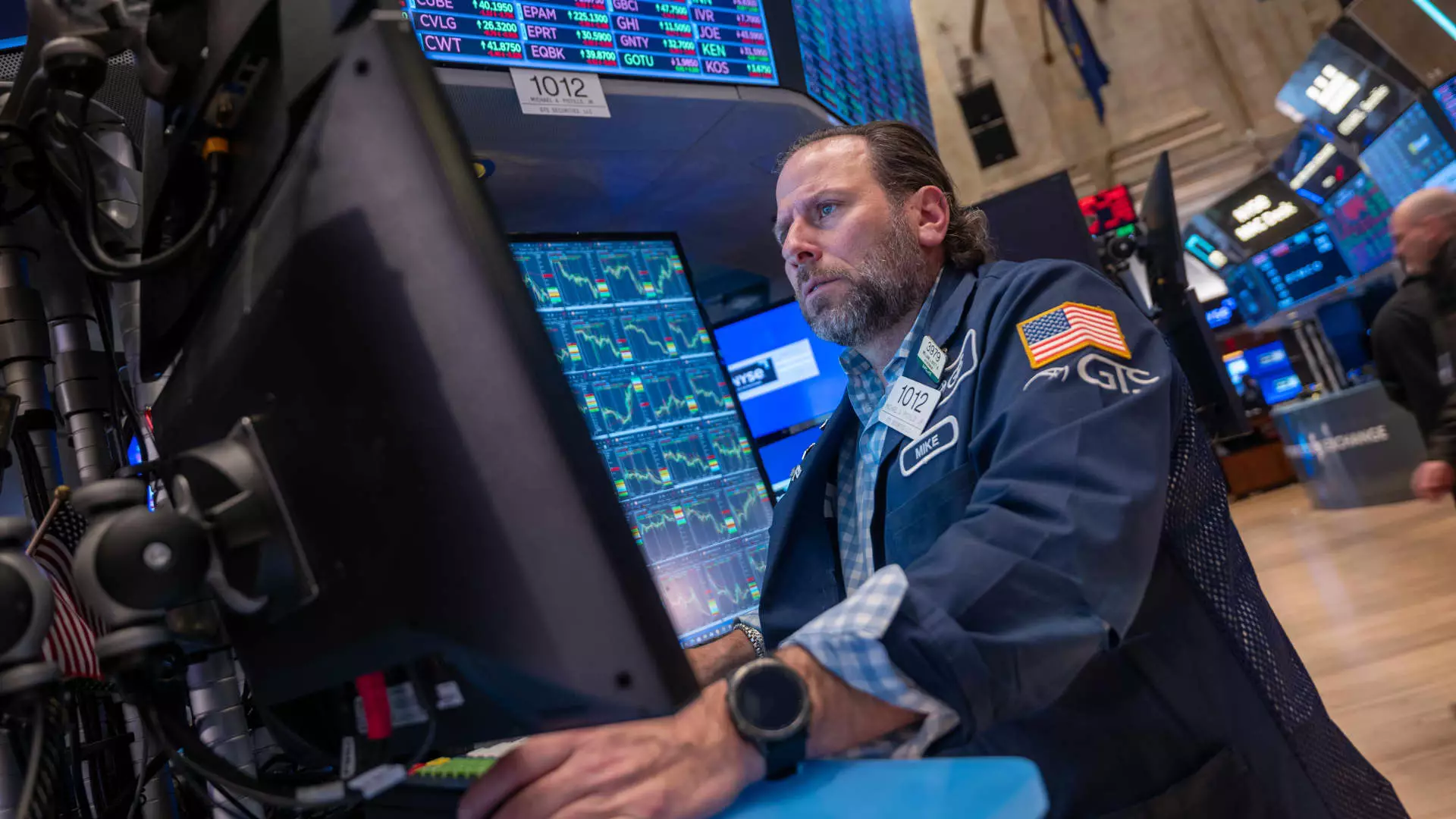The ripple effects of the global pandemic have reverberated through financial markets over the past few years. Investors have faced a whirlwind of market discussions around inflation, soaring interest rates, and the implications of inverted yield curves—all pointing to the specter of recession. This article takes a closer look at these complicated concepts and breaks them down to understand the potential implications for growth stocks leading into 2025.
Navigating through the complexities of the current economic climate requires dissection and analysis. At the core of this economic discourse lies the Federal Reserve, which is tasked with balancing two critical mandates: maintaining maximum employment and ensuring price stability. Current data indicates a robust job market characterized by low unemployment rates. When individuals are successfully employed, their earnings contribute to consumer spending—this inevitably fuels inflation.
This connection stresses the need to analyze inflation expectations as they have a direct influence on bond yields. When inflation fears rise, investors tend to divest from bonds, resulting in increased yields. Using data from the St. Louis Fed FRED database, we can draw insights on the current environment of yields and inflation expectations.
A fundamental aspect of bond market analysis involves evaluating short-term versus long-term yields. When focusing on the 2-year Treasury yield, which often mirrors immediate inflation expectations, it becomes apparent how this metric holds vital significance. Currently hovering around 4.40%, the 2-year yield operates in a tightly controlled range, guided largely by the Federal Reserve’s policy rate—set in the range of 4.25% to 4.50%.
Conversely, the 10-year Treasury yield has exhibited striking movement, recently touching 4.8%. The divergence in the performance of these two yields is noteworthy, as the broader implications of the yield curve become apparent. A narrow spread can indicate economic strain, hinting at rising recessionary risks, while a healthy spread often signals economic stability and opportunity for growth.
The yield curve has long been regarded as a critical indicator of economic health. It acts as a barometer, delineating how market expectations shift in response to varying economic conditions. When looking at the yield curve, the relationship between the 10-year yield and the 2-year yield unveils the prevailing sentiment about future growth and inflation.
Recent trends show an inversion occurring, where short-term yields exceed long-term ones. Such an inversion is frequently associated with an impending economic downturn. Conversely, when the yield curve slopes upward, it typically suggests optimism in the market, thus directly impacting stock performance.
Graphical representations of these dynamics can reveal that the S&P 500 index, reflecting broader market performances, has generally followed the yield curve. Notably, this correlation has extended to growth and value dynamics in stock markets, highlighting that as the yield curve steepens, growth stocks tend to outshine their value counterparts.
Turning towards the future, the trends observed in both short and long-term yields suggest a constructive landscape for growth-oriented investments. Heavyweights in the growth stock sphere—companies like Apple, NVIDIA, Microsoft, Amazon, and Meta—are poised for potential growth as the economic landscape improves.
On this front, the market’s momentum seems favorably aligned with the trajectory of interest rate adjustments and inflation expectations. By monitoring the resistance levels indicated by the 10-year and 2-year yields, investors can garner insights into strategic timings for engagement in growth stocks.
The intricacies of short-term and long-term bond yields and their interplay not only shape the yield curve but also illuminate potential pathways for investment success. In an environment characterized by rising rates and inflation fears, understanding these trends equips investors with the knowledge necessary to make informed decisions.
Equipping oneself with an acute awareness of these economic indicators could lead to enhanced investment strategies, particularly in a world where inflation and interest rates remain paramount considerations.
As we advance towards 2025, it is crucial for investors to remain vigilant and educated on these dynamics. Simplifying and breaking down complex economic indicators can ultimately pave the way for clearer investment opportunities in an ever-evolving market landscape.

